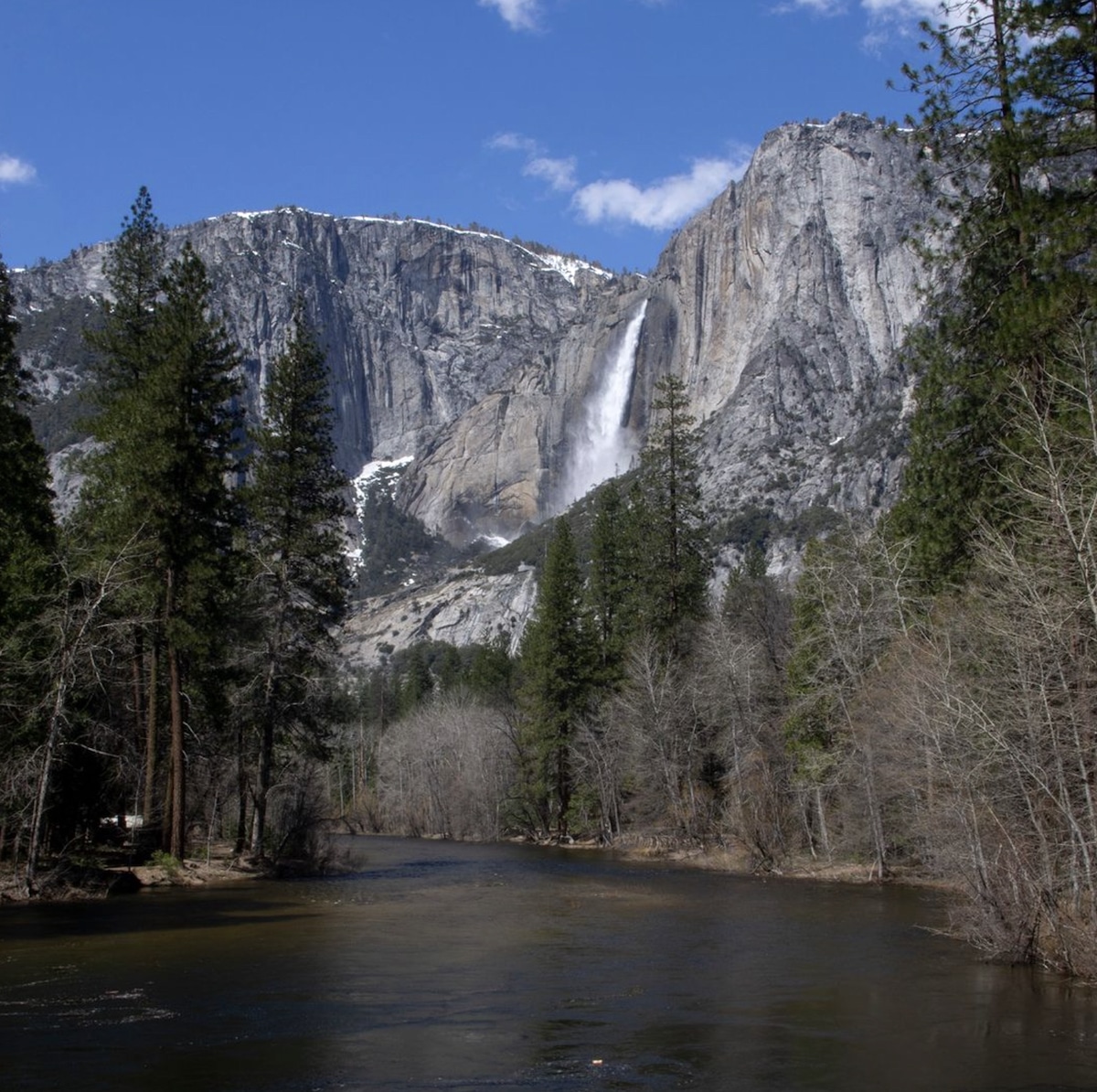Products You May Like
Melting snow turns to waterfalls in Yosemite National Park on April 13, 2023. yosemitenps / Instagram

Why you can trust us
Founded in 2005 as an Ohio-based environmental newspaper, EcoWatch is a digital platform dedicated to publishing quality, science-based content on environmental issues, causes, and solutions.
Most of Central California’s glacial Yosemite Valley in Yosemite National Park will be closed to visitors this weekend due to forecasts of flooding caused by rapid snowmelt. The famous park is home to such landmarks as Half Dome and El Capitan.
The closure of the valley in the western Sierra Nevada mountains will begin on Friday at 10 p.m. and last until at least May 3, the National Park Service announced. The closure may be extended, depending on the rate of snowmelt through the valley into the Merced River, reported Reuters.
“Downslope there will be problems,” said National Weather Service meteorologist David Spector, as The Guardian reported. “Only parts of the valley are expected to be impacted for now. But it may become worse by Sunday or Monday.”
More From EcoWatch
A heat wave is forecast for Central California, with consistent above-freezing temperatures and highs above 90 degrees Fahrenheit. Parts of the Sierra Nevadas experienced a record 40 inches of snowfall this winter, and the sudden warming is predicted to cause a swift spring thaw leading to heavy runoff and flooding.
“While visiting Yosemite Valley with high water is an amazing experience, Yosemite Valley closes once the Merced River at Pohono Bridge is forecast to exceed 10 feet. At flood stage (10 feet), roads and other critical infrastructure begin flooding, making it unsafe for visitors to be in Yosemite Valley. It is very likely that the Merced River will reach flood stage off and on from late April through early July,” the National Park Service website said.
The park service said campground and lodging reservations would be canceled and refunded.
Michael Anderson, a California state climatologist, said the area was more likely to see significant flooding later in May, and that water was currently being released from reservoirs to make room for more later in the season, according to Reuters.
A lake bed along the Tulare River in the northern part of the San Joaquin Valley that had been long dried up was recently filled again by storm runoff, submerging ranches and farmland.
“This weather whiplash is what the climate crisis looks like,” said Governor Gavin Newsom in a visit to the Tulare Basin yesterday, as reported by Reuters.
Yosemite National Park, which consists of more than 759,000 acres of breathtaking lands in the southeastern Sierras, was established in 1890 and is visited by around four million people each year.
All of the park was closed to the public for three weeks at the end of February due to the record snowfall. According to Nancy Phillipe, a spokesperson for the park, the shutdown was one of the most extensive and longest closures due to weather in the park’s history.
The most extensive flooding event in the recorded history of the park occurred in 1997, following a “Pineapple Express” storm that led to massive snowmelt and submerged Yosemite Valley under 16 feet of water, causing millions of dollars in damage, SFGate reported.
Subscribe to get exclusive updates in our daily newsletter!
By signing up, you agree to the Terms of Use and Privacy Policy & to receive electronic communications from EcoWatch Media Group, which may include marketing promotions, advertisements and sponsored content.
